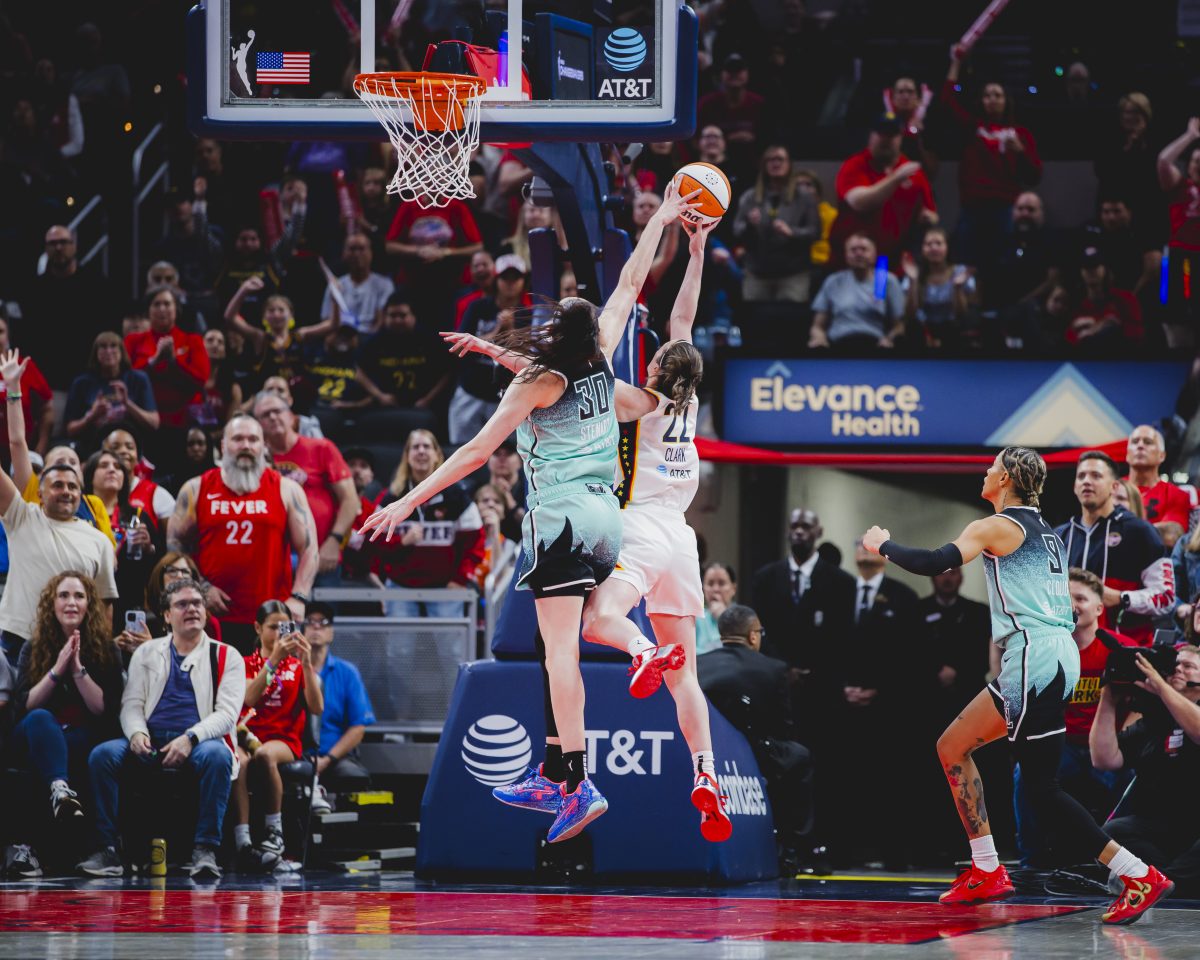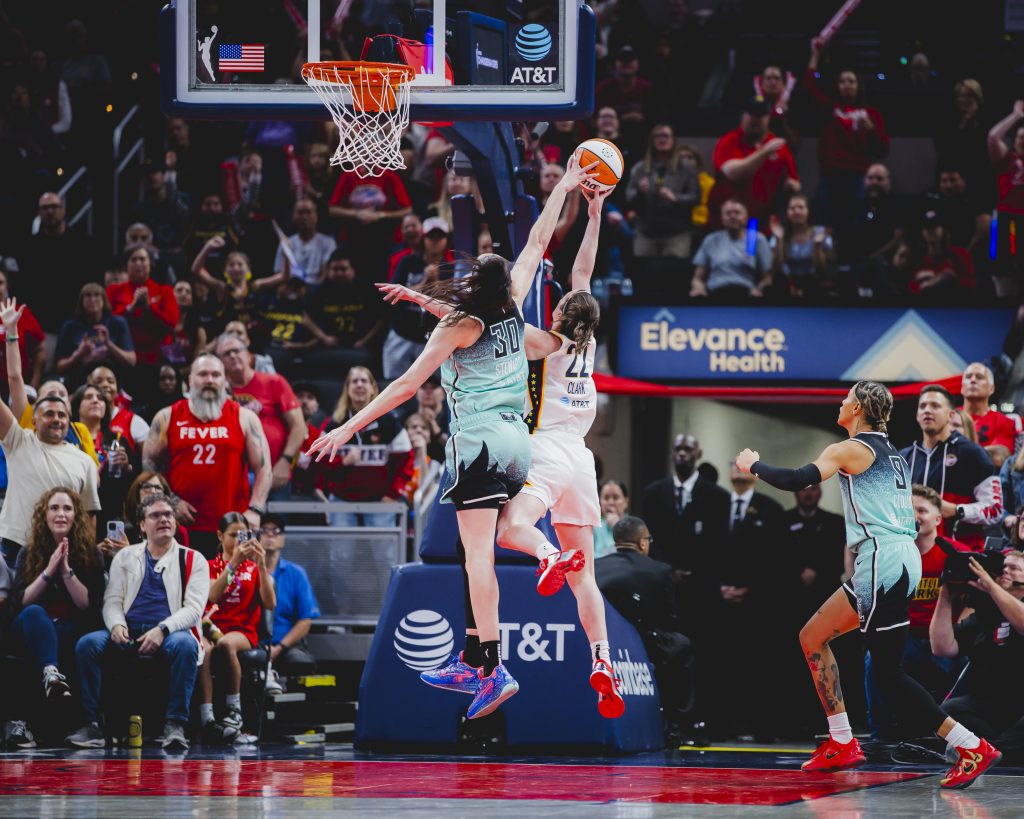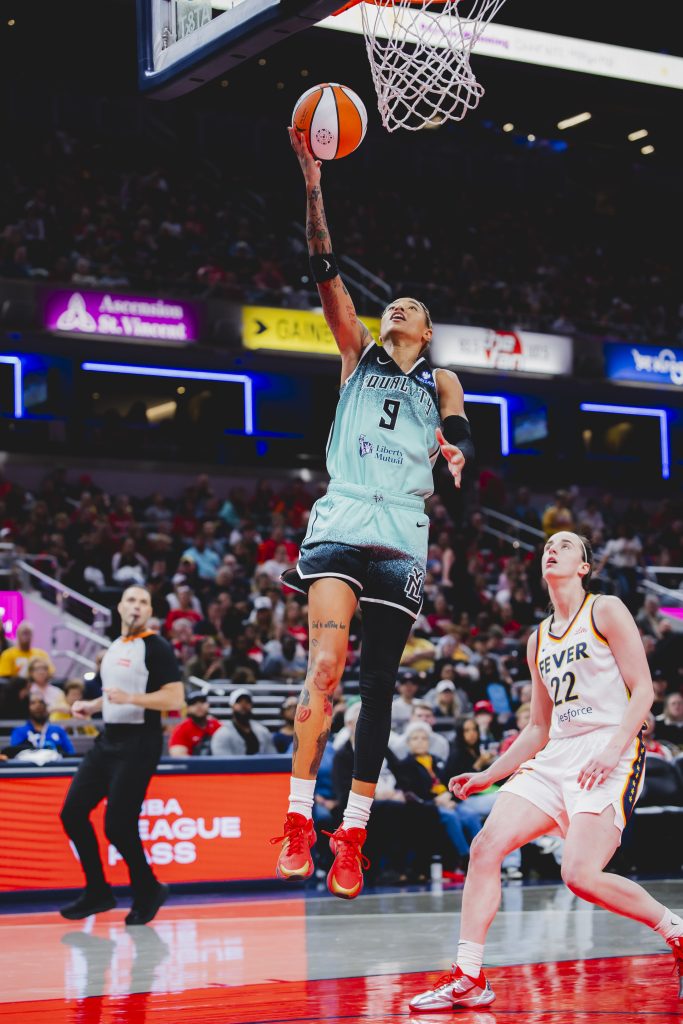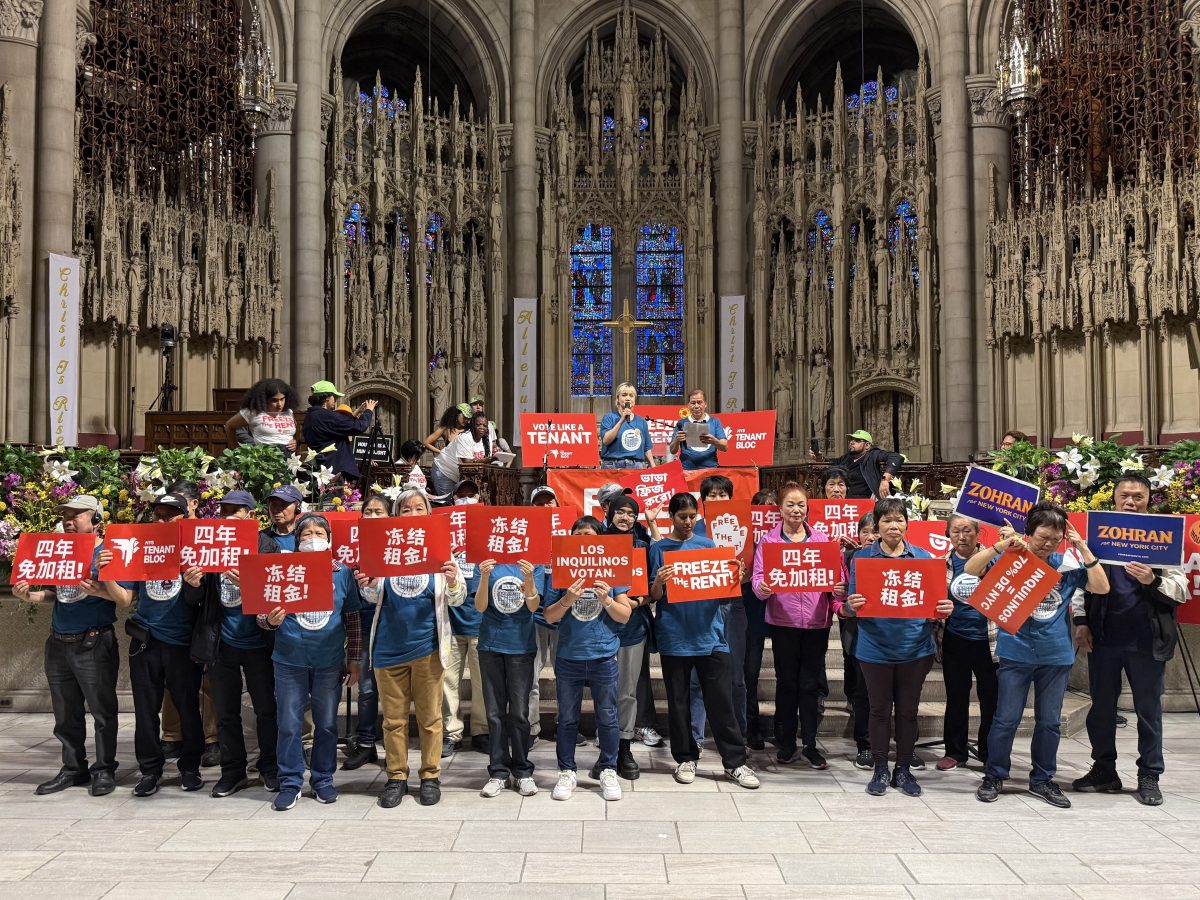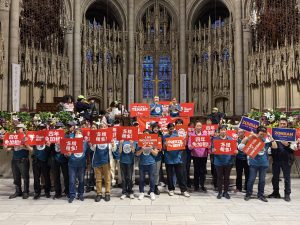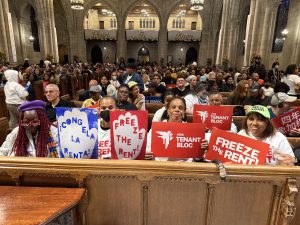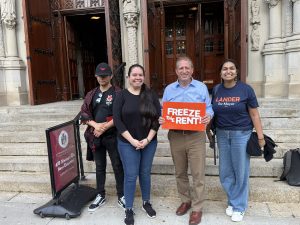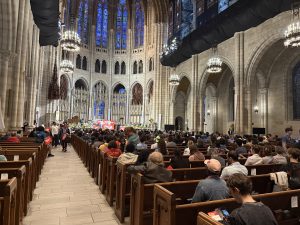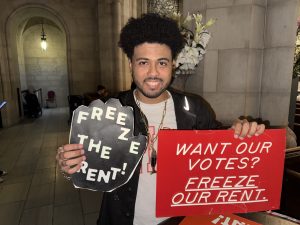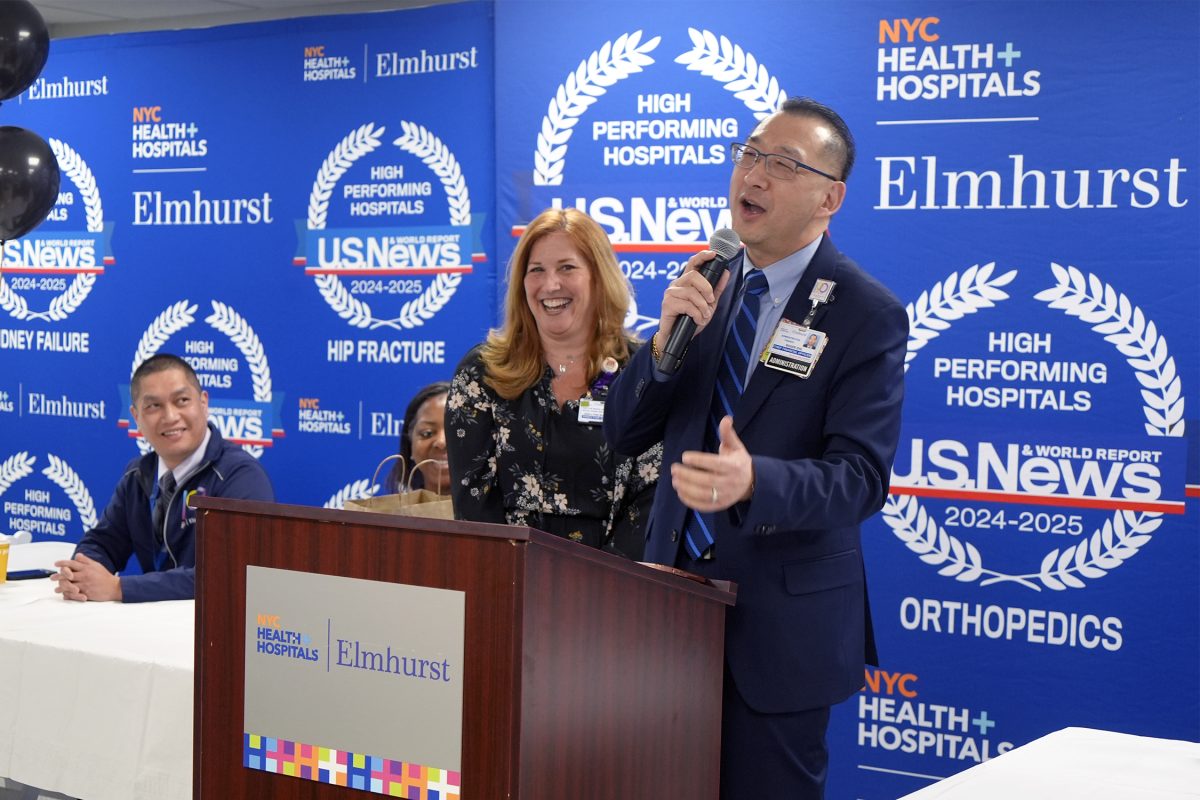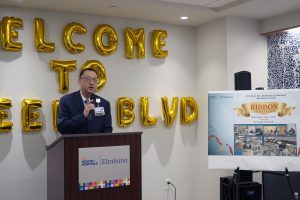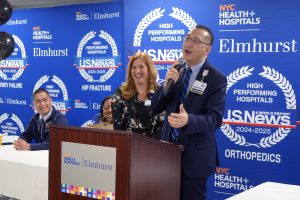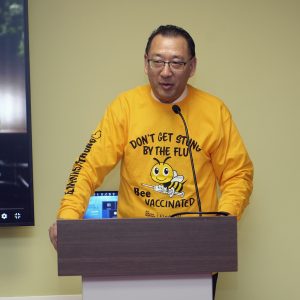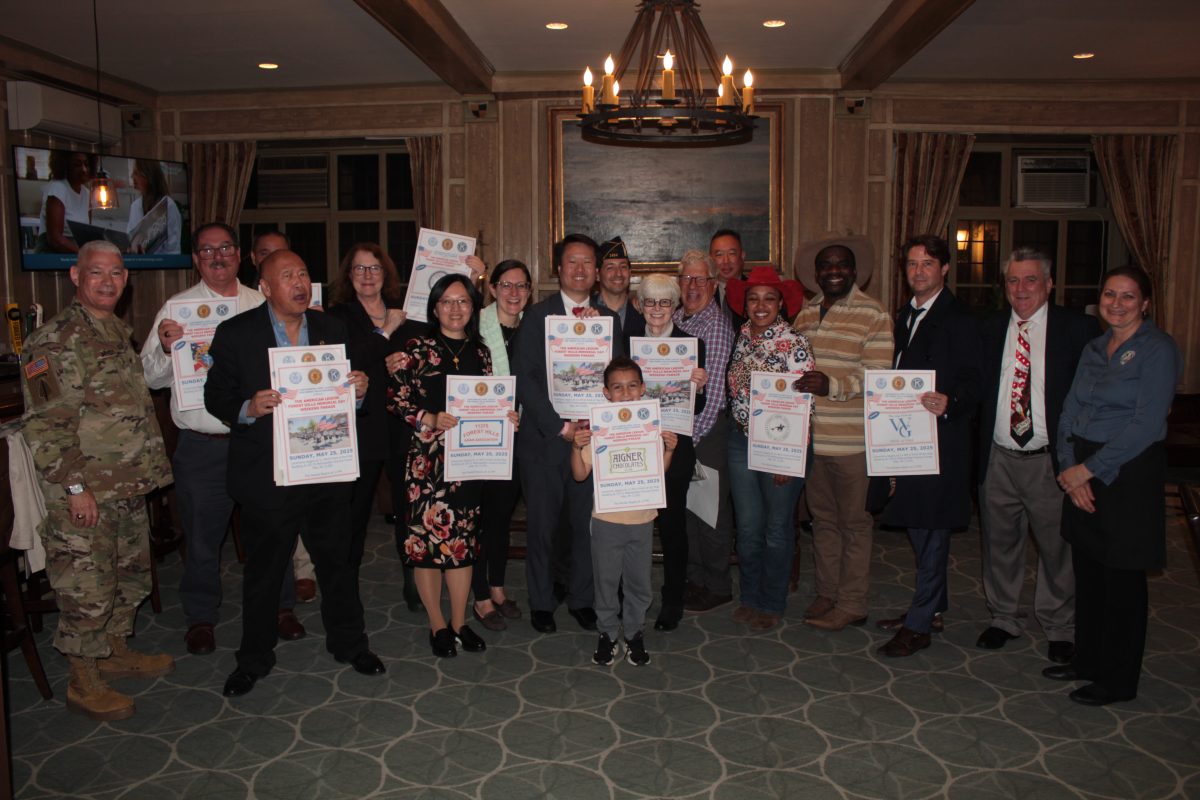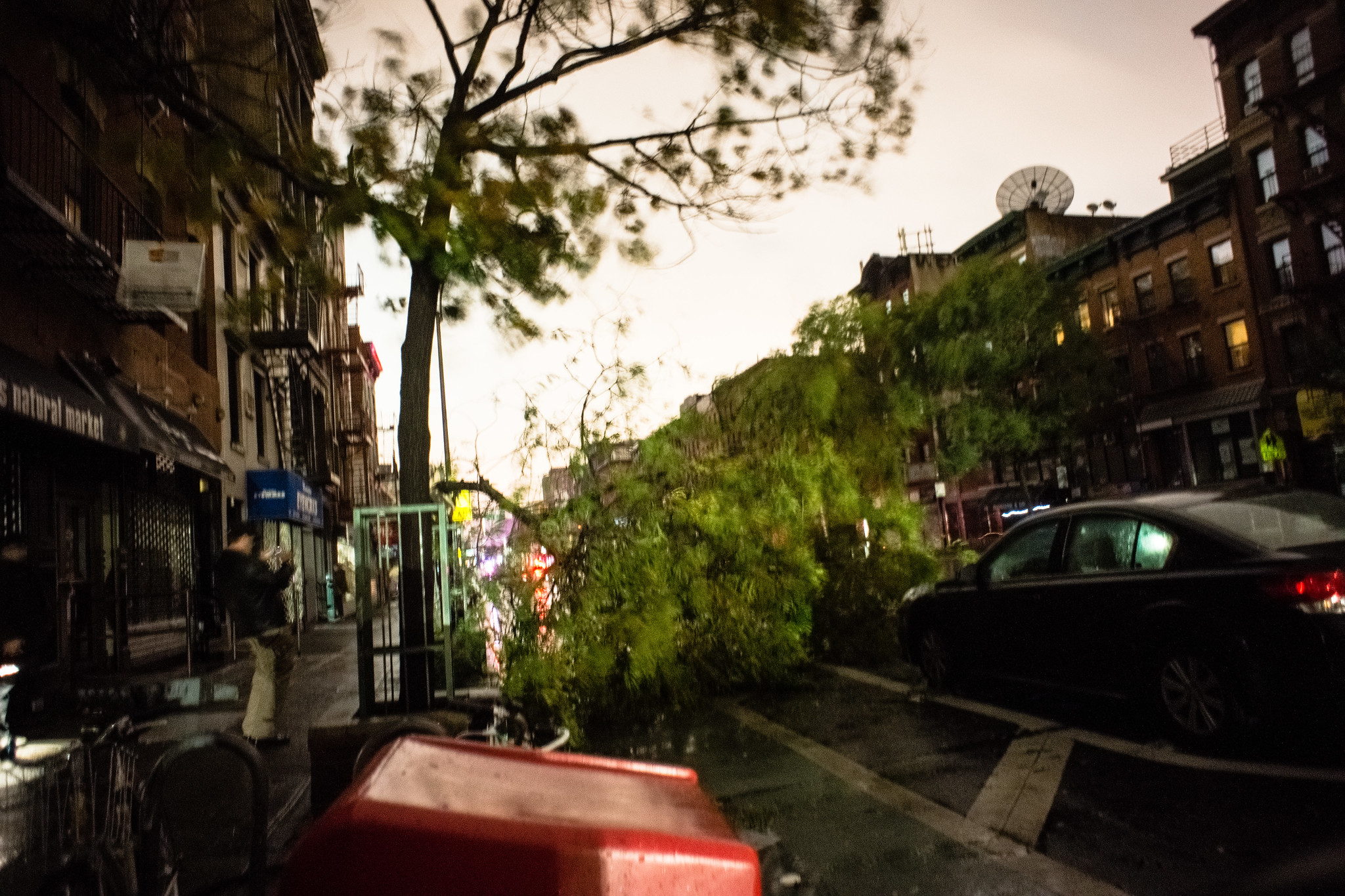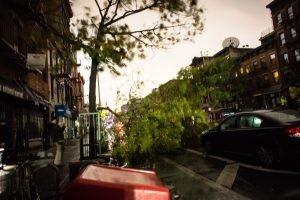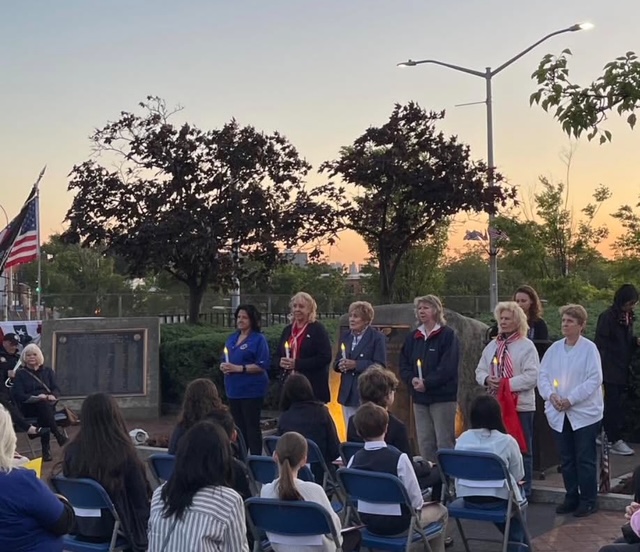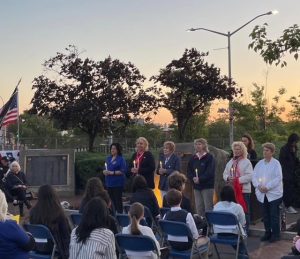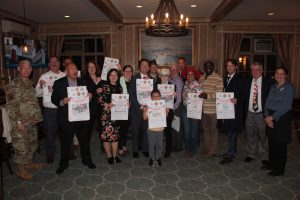
MOHAMED FARGHALY
mfarghaly@queensledger.com
Community members, veterans, and local leaders gathered this week to celebrate the kickoff of the 2025 Forest Hills Memorial Day Parade with two events honoring this year’s Grand Marshals and recognizing sponsors who help keep the neighborhood tradition alive.
The first of the two gatherings took place on May 14, at the historic West Side Tennis Club, followed by a second event open to the public Friday at the American Legion Continental Post No. 1424. The events marked the official launch of parade season and the announcement of the 2025 Grand Marshals: community leader Ed Wong and U.S. Air Force veteran Bernadette Vermersch.
“We are working with some of those corporate sponsors to make sure the parade continues, because it’s still one of the few parades in Queens on or near Memorial Day,” said Daniel Olsen of the Forest Hills Kiwanis Club as he welcomed guests. He encouraged attendees to support the cause, noting, “So thank you all for being here and for your own way supporting the parade.”
The parade, now in its 60th year, remains privately funded and dependent on local contributions. Michael Arcati, commander of the American Legion Post — now in his final month in the role — emphasized the importance of sponsorship.
“This is why we have this event, to say thank you to the sponsors, because without your funding, it’d be very difficult to put on a good show,” he said. Arcati also teased a “special surprise” for this year’s parade and confirmed that U.S. Navy sailors and Marines will once again march.
Arcati introduced the Grand Marshals, who were each nominated by different branches of the organizing team — Wong by the Kiwanis Club and Vermersch by the American Legion.
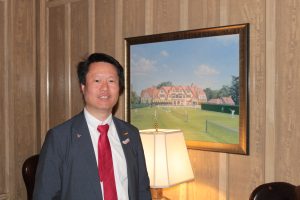
Wong, a longtime civic figure and co-founder of the Forest Hills Asian Association, has been involved with Queens Community Board 6 and the Alliance for Flushing Meadows Corona Park. He said his selection reflected years of service to the community.
“Tonight, I’m lucky enough to be was nominated and accept the civilian Grand Marshal for the 2025 Memorial Day Parade here in Forest Hills,” Wong said. “I’ve always wanted to increase awareness for the parade, because so many people still do not know about the parade.”
Wong also spoke about the importance of honoring fallen service members, getting youth involved — including his own children — and continuing to bring diverse communities together.
“I wanted to make sure that I have an opportunity to contribute and honor those who made the ultimate sacrifice, those that you know in their families as well. I want to make sure that they are not forgotten,” he said.
Wong, a Queens native, has lived in Forest Hills since 2005. “Forest Hills, in terms of what I mean, its home, it’s home to me now. I mean, it’s a great neighborhood, it’s definitely a community that’s very diverse, very welcoming, it’s kind of kind of evident of me being honored, as well as the fact that they’re open to folks that you know are from different backgrounds.”
Vermersch, this year’s Veteran Grand Marshal, enlisted in the U.S. Air Force in 1973 during the Vietnam era. She became a procurement specialist and later applied those skills in her civilian business career. A Forest Hills resident since 1964, she returned to the neighborhood to care for her aging parents and remained.
“Michael wanted to nominate me because I served, there hasn’t been a woman grand marshal in some years,” she said. “I’m gonna be the first one in quite a while.”
She described her nomination as a deeply meaningful honor.
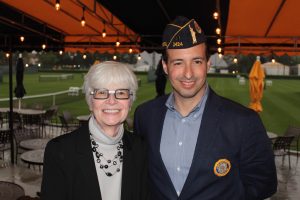
“Being grand marshal is a great honor, because you get nominated, and your comrades have to vote for you,” she said. “I was really thrilled that everyone endorsed my nomination.”
Vermersch reflected fondly on her decades in Forest Hills, calling it her second home after emigrating from Belgium, and recalled a favorite memory — organizing a trip to a Neil Diamond concert at Forest Hills Stadium for her fellow Air Force service members in the 1970s.
“Forest Hills, it’s got everything. Forest Hills, in a way, is home to me, because, of course, my first home was Belgium as a child, but then Forest Hills became my second home, and it’s interesting to watch it evolve over the years,” she said.
The 2025 Forest Hills Memorial Day Parade will take place on Sunday, May 25, along Metropolitan Avenue at 10 AM. Organizers are hoping for a strong turnout and continued support to ensure the event’s future.



